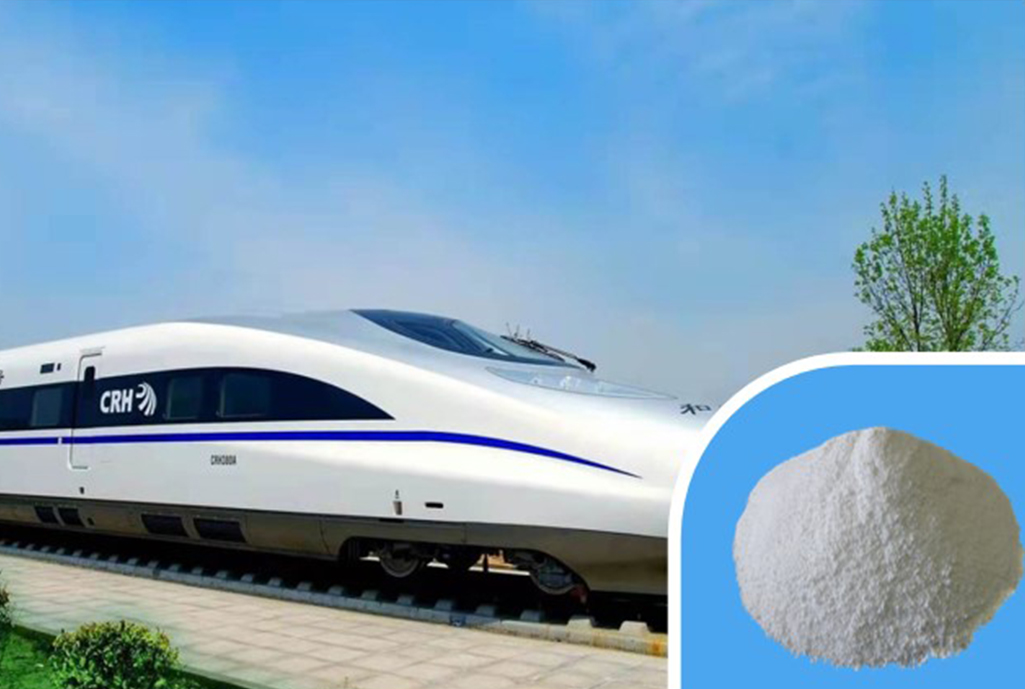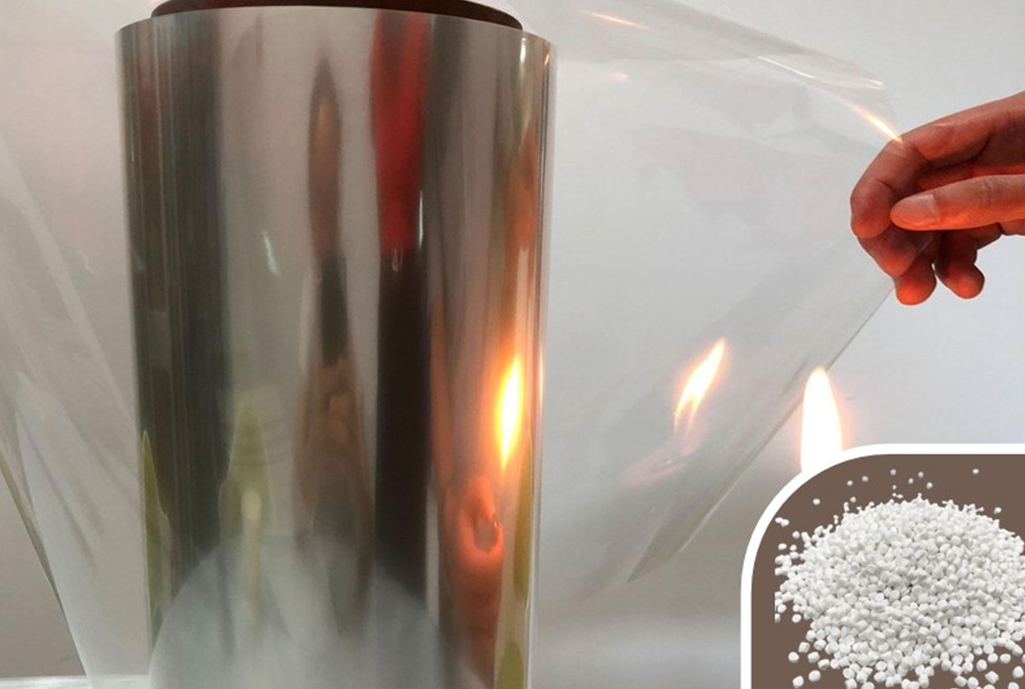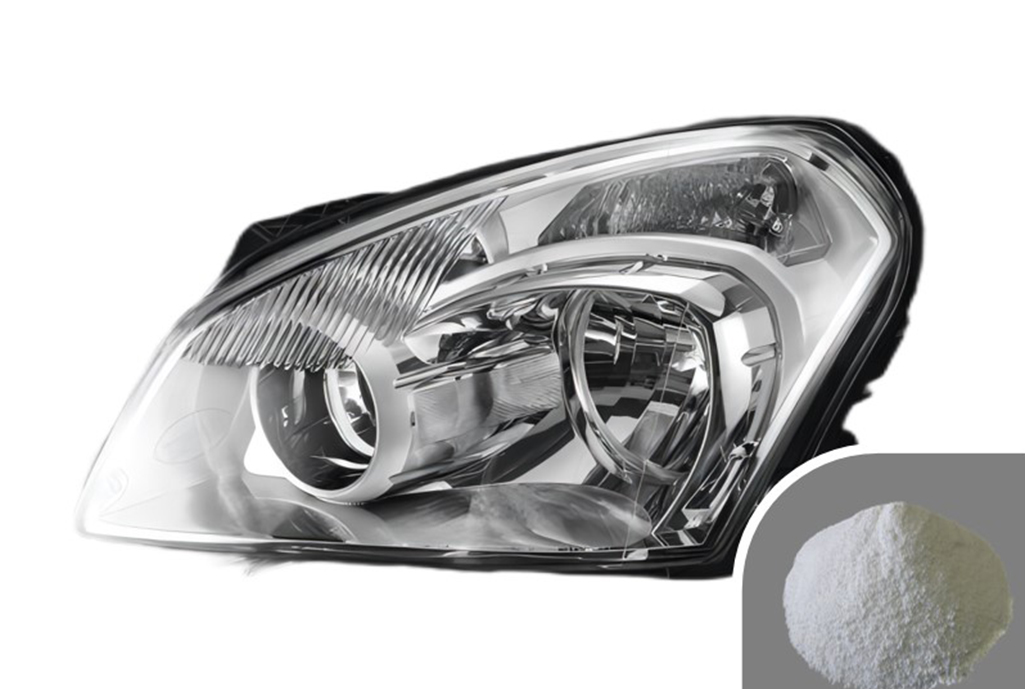Why Choose Halogen-Free Flame Retardants Over Halogen-Based Ones?
2025-06-11
Flame retardants play a crucial role in improving the fire safety of materials used across various industries—from electronics and automotive to construction and textiles. Traditionally, halogen-based flame retardants (containing chlorine or bromine) have been widely used due to their effective flame suppression capabilities. However, increasing environmental, health, and regulatory concerns have driven the industry shift toward halogen-free flame retardants (HFFRs). Here’s an in-depth look at why halogen-free flame retardants are increasingly favored:
1. Environmental and Human Health Considerations
Halogen-based flame retardants, when exposed to fire or high temperatures, tend to release toxic and corrosive gases, such as hydrogen chloride (HCl) and hydrogen bromide (HBr). These gases are not only harmful to human health—causing respiratory irritation and potential long-term damage—but also contribute to environmental pollution through acid rain and persistent organic pollutants.
In contrast, halogen-free flame retardants do not contain chlorine or bromine atoms. Their combustion products are generally less toxic and less corrosive, which significantly reduces the health risks for fire victims and firefighters. This property makes HFFRs safer to use, especially in indoor environments such as offices, homes, and public transport, where air quality is a key concern.
2. Lower Smoke Density and Reduced Toxicity During Combustion
One of the most critical factors in fire safety is the amount and toxicity of smoke produced. Halogen-containing flame retardants tend to generate dense, black smoke laden with toxic compounds, which can impair visibility and increase the risk of asphyxiation during fires.
Halogen-free alternatives typically produce less smoke and fewer harmful combustion byproducts. For example, many HFFRs are based on inorganic compounds like aluminum hydroxide, magnesium hydroxide, or phosphorus-based chemistries, which promote char formation and act in the condensed phase to inhibit flame propagation without releasing halogen gases. This reduces the overall toxicity and improves escape chances during fire emergencies.
3. Regulatory Compliance and Market Trends
Global regulatory frameworks have increasingly restricted the use of halogenated flame retardants due to their environmental persistence and bioaccumulation potential. Regulations such as the European Union’s RoHS Directive (Restriction of Hazardous Substances) and REACH Regulation restrict or ban many halogen-based retardants in electrical and electronic equipment.
Choosing halogen-free flame retardants allows manufacturers to comply with these strict regulations and future-proof their products for global markets. Additionally, many industries have voluntarily adopted halogen-free standards to meet corporate sustainability goals and customer demand for greener products.
4. Enhanced Material Recyclability and Circular Economy Benefits
Halogen-free flame retardants contribute to better recycling outcomes for treated materials. Halogenated compounds can complicate recycling processes because they may release corrosive gases or form hazardous residues during remelting or reprocessing.
Materials treated with halogen-free flame retardants are more compatible with recycling technologies, supporting circular economy initiatives and reducing landfill waste. This is especially important in fast-evolving sectors like electronics, where product lifecycles are shortening, and responsible end-of-life management is essential.
5. Compatibility with Sensitive Electronics and Durability
Halogenated flame retardants, particularly those based on brominated compounds, can promote corrosive effects on metals and electronic components, accelerating degradation and shortening product lifespan.
Halogen-free flame retardants often exhibit better chemical stability and lower corrosiveness, making them suitable for use in high-performance electronics, medical devices, and consumer products where long-term reliability is critical.
6. Diverse and Advanced Formulations for Performance
Modern halogen-free flame retardants come in a variety of chemical types, including phosphorus-based, nitrogen-based, and inorganic hydrates. Advances in material science have enabled HFFRs to achieve flame retardancy levels comparable to or even better than halogenated counterparts while minimizing negative impacts on mechanical and electrical properties.
Many formulations also support multi-functional performance, such as enhanced thermal stability, UV resistance, and improved processability, making halogen-free flame retardants highly versatile.
7. Growing Consumer Awareness and Corporate Responsibility
Today’s consumers and industries are more environmentally conscious and prefer products that minimize ecological and health risks. Using halogen-free flame retardants aligns with corporate social responsibility and sustainability initiatives, helping companies build positive brand images and meet consumer expectations for safer, greener products.





















